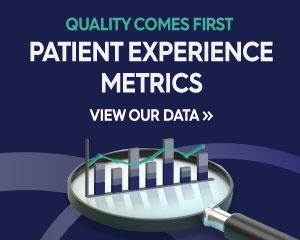Liver Disease Clinic
Doctor in charge: Dr. Avishi Lahad
Contact:
Appointments: 03-5302692
Fax (invasive tests): 03-5302658, 03-5302883
The clinic specializes in the treatment of children with a wide range of liver conditions, including congenital disorders, autoimmune diseases, metabolic disorders, biliary tract issues, and other liver disorders.
Liver Diseases in Children
The liver is located in the upper right part of the abdomen, and performs many important functions. It is responsible for the production of proteins essential for the functioning of the coagulation system and for filtering various toxins from the blood. Additionally, the liver plays an important role in helping with the absorption of food components, by secreting bile into the intestine that contributes breaking down fats. Liver problems can arise from a range of factors, including primary damage caused by infection, inflammation, medication, or secondary causes linked to other medical conditions. In some cases, it can be an acute issue that typically resolves on its own within a few weeks or months. However, in other cases, it may become a chronic issue that requires appropriate treatment.
Symptoms
Common symptoms include abdominal pain, nausea, and vomiting, often accompanied by fever. Additionally, children may experience itching, and there may be changes in skin color, appearing yellowish, and urine color, turning darker. Swelling in the abdomen may occur. It is crucial to note that in some cases, children may not show any symptoms, and the suspicion of a liver problem arises from routine blood tests or when investigating other medical issues.
Diagnosis
Taking the individual’s personal history and conducting a comprehensive physical examination are critical in making the diagnosis. It is important to bear in mind that various medications, including dietary supplements, have the potential to harm the liver. After that, we'll conduct a range of blood tests to identify the underlying causes of the issue. This includes tests for viruses, inflammatory processes in the liver, difficulties in eliminating different substances like copper, and more. Abdominal sonar allows us to take a closer look at the bile ducts, the passage of bile from the liver to the intestine, and the structure of the liver. Sometimes, when there isn't a clear diagnosis or a need for a more precise evaluation of liver damage, we might consider performing a liver biopsy. This involves taking a tiny sample from the liver using a needle. This sample is then examined under a microscope to determine the cause and extent of the damage.
Treatment
The treatment greatly depends on the underlying cause of the issue. Fortunately, in many instances of infections or drug-related damage, the problem tends to resolve on its own without treatment (except for discontinuing the drug if identified). In cases of liver inflammation, there are several drugs available that can reduce the inflammation and prevent its recurrence. If the problem is copper elimination, we will treat it with drugs that assist with this. Typically, addressing these conditions involves treating the underlying problem as well as any secondary complications that may arise from liver diseases, such as issues like edema, imbalances in salt levels, and bleeding from the digestive system.
Follow-up
The liver has remarkable regenerative capabilities. Even in the face of significant damage, it can often undergo complete recovery. However, certain processes can result in permanent liver damage. Therefore, it is important to have regular monitoring by a paediatric gastroenterologist. It is necessary to ensure the patient is growing well, gaining weight, and not developing complications of chronic liver disease.









